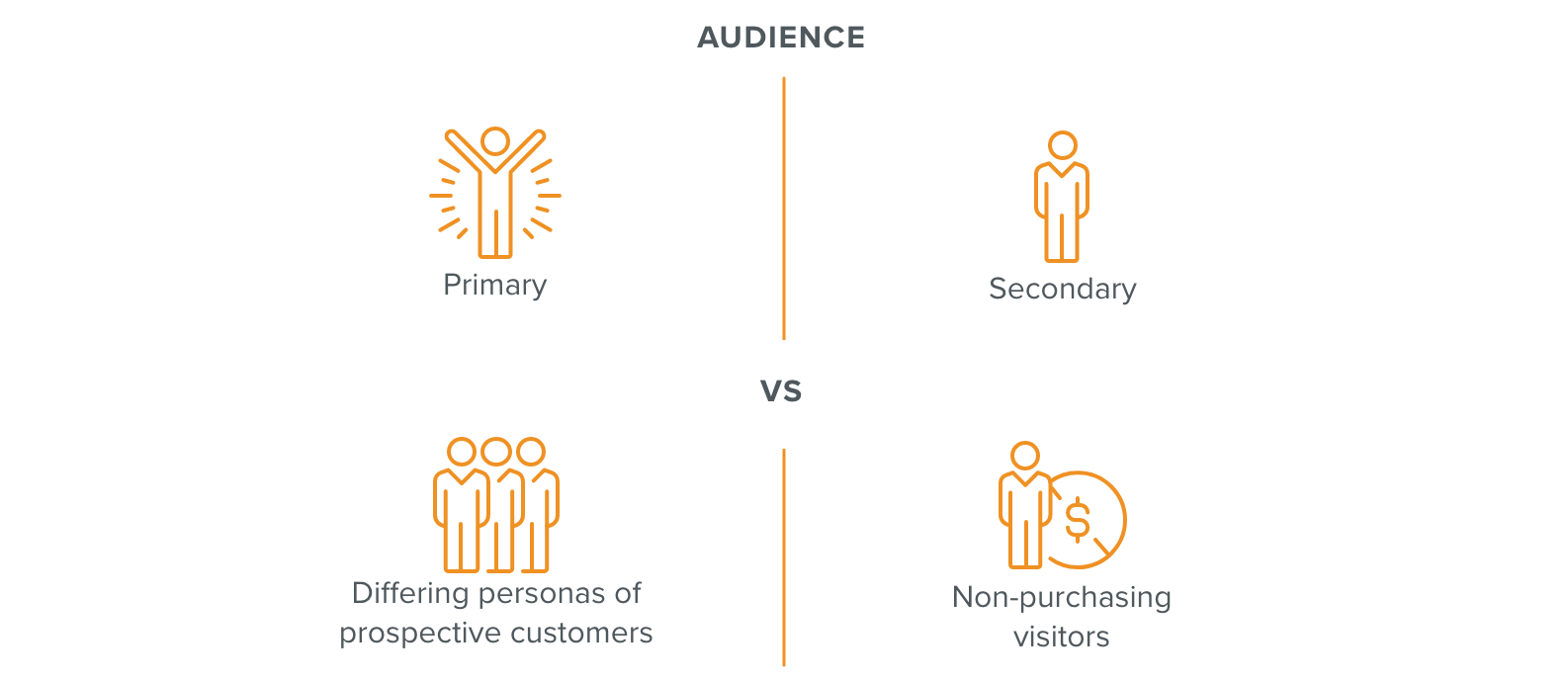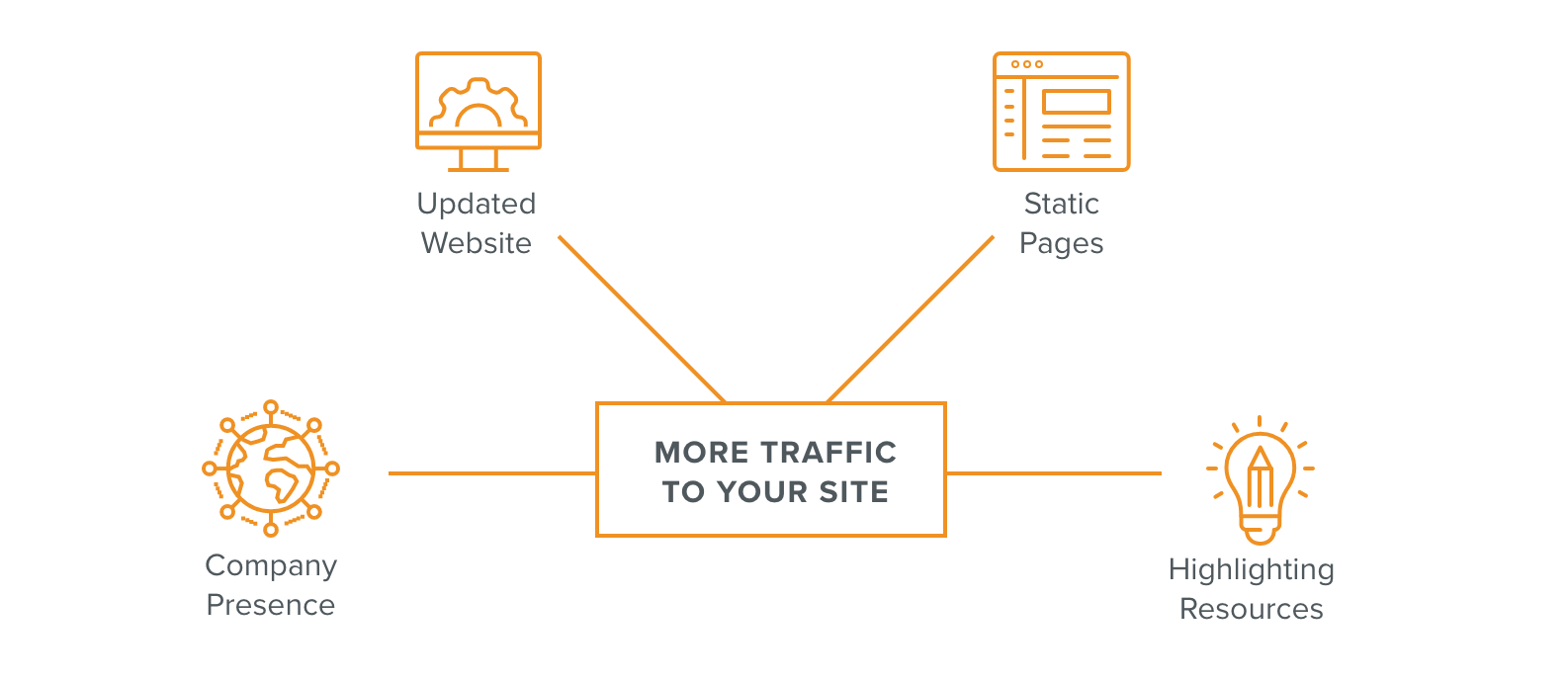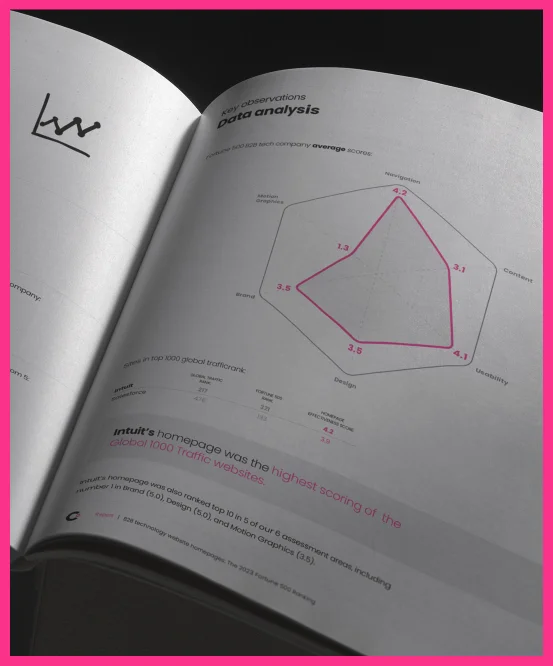A single-minded focus on business growth overlooks other ways a website can serve your visitors needs. Along with a focus on converting new prospects, your site’s UX designers can’t overlook the needs of existing customers as well.
As the B2B marketplace grows increasingly competitive, every organization recognizes the critical importance of attracting the right audience to its website. And while a focus on incoming customers is crucial, you can’t afford to overlook those site visitors who are important to your business but aren’t directly in the market for your products or services.
In navigating a challenging digital economy, we’re all focused on meeting – if not exceeding – our primary business goals. Websites are designed and developed with the aim of delivering new customers, which means booking demos, attracting new leads, and providing fresh form fills. This naturally leads to focusing your ‘call to action’ on things that directly impact your bottom line.
But a single-minded focus on business growth overlooks other ways a website can serve your visitors needs. Understanding and optimizing your site to also serve the needs of your secondary audience should not be forgotten when planning a redesign. Along with a focus on converting new prospects, your site’s UX designers can’t overlook the needs of existing customers as well. And that’s just one segment of potentially underserved visitors your website should accommodate. Without a look at the full picture of your audience, you’ll also miss informing key users such as investors, media contacts, and prospective new talent for your team.
Obviously, no one is suggesting that your website’s primary focus should change. Every business needs to attract new customers to survive. But in pursuit of those goals, your website is also attracting secondary audiences that, when approached strategically, provide additional value that also contributes to the long-term health of your business.

Evaluate Your Website’s Secondary Target Audience to Determine Their Importance
For a B2B website, your primary audience typically falls into three categories of users. This group consists of differing personas of prospective customers who each consume and respond to your content in distinct ways. Just as those users should be evaluated and weighted to ensure your site favors the population that best satisfies your goals, your secondary audience requires a similar level of evaluation.
To clarify, your website’s secondary audience is not the same thing as a secondary customer. While your content marketing can address how that user group influences your prospective clients, your site’s secondary audience more refers to your non-purchasing visitors. For this population, site pages targeting resources like careers, news, support, and investors have become standard practice in UX design.
For example, if your organization is a startup that is actively courting investors, then your website can provide a detailed timeline of your company history. Illustrating the details behind your organization’s journey will better serve an investor audience than a single “about us” paragraph. For other companies focused on attracting young hires, their careers page should tell a compelling, more relatable story about the company’s culture than a list of open positions. In each case, the strategy goes back to catering your UX design toward serving the audience’s interests.
With a singular focus on your primary audience, your site may instead deliver a more conventional design approach. These may tick a box to satisfy the need for a given page type, but won’t necessarily offer the information users need. Once you’ve determined which users your site is attracting, you can then adjust your designs to better suit their needs – and yours as well.

Site Traffic Directs UX Decisions Based on Your Audience
When an organization approaches a website redesign, its marketing team and website owners often take the lead in ensuring its primary goals are served. Without a presence from HR or other divisions of your company during the design stage, critical secondary audiences can be forgotten. However, evaluating site traffic can deliver unexpected insights about your website’s users. Once this audience has been defined, you can ensure your website is properly serving their interests.
Sometimes, reporting reveals that static pages like a careers page are drawing significant traffic numbers. However, if your organization isn’t undergoing a hiring push, these numbers may not be considered a priority.
However, if these visitors are approached strategically, they also present an opportunity to leverage that traffic. With a different design template that highlights other resources, these visits can raise your site’s numbers and increase search engine rankings despite the audience never visiting your main calls to action.
In some cases, outside events such as your company’s presence in the news also influence the traffic to your site pages. In addition to making sure these parts of your site are accurate and current, your organization also can ensure a media kit is readily available and easy to find on your site. Until secondary audiences like these are identified, organizations can easily overlook ensuring this kind of useful information finds a home.
Don’t Neglect Your Website’s Audience by Narrowly Focusing on Its Primary Goals
In a challenging, rapidly evolving market, businesses must see attracting and converting new customers as their number one priority. Factor in the high-stakes, hyper-competitive world of digital technology, and the mandate to find your primary audience and meet your goals becomes a matter of survival. But your digital presence is a reflection of every component of your brand, which isn’t always reflected in digital marketing. Even secondary audiences are capable of influencing your business if they’re being served effectively.
Site traffic provides an illuminating perspective on user interests in your website, but your UX design decision-making ultimately hinges upon your internal goals. If your primary audience isn’t clearly targeted on your website, then too many sections will end up fighting for the same level of attention.
However, once you’ve clearly identified your secondary audience and where their needs rank with your organization’s goals, then you can ensure they’re finding the information they need. These visitors will never be the primary focus for your business, but your website should always keep them in the picture.






